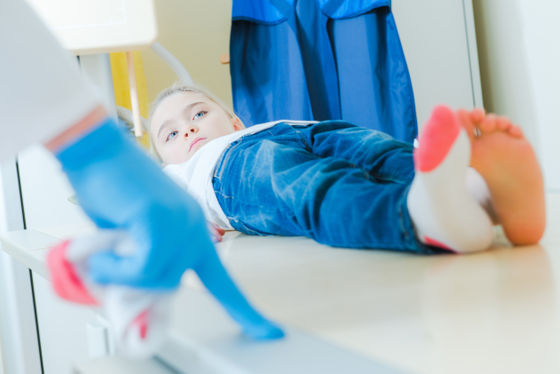Adolescent brain changes into adult brain by 'destructive mode'

by
Many researchers have thought that 'something important change is happening' in the adolescent brain, but until now, technical difficulties have not been able to confirm it. A study that examined the adolescents 'brains in detail using magnetic resonance imaging (fMRI) revealed that the adolescents' brains are undergoing 'destructive changes.'
Conservative and disruptive modes of adolescent change in human brain functional connectivity | PNAS
https://www.pnas.org/content/early/2020/01/27/1906144117
Brain networks come 'online' during adolescence to prepare teenagers for adult life | University of Cambridge
https://www.cam.ac.uk/research/news/brain-networks-come-online-during-adolescence-to-prepare-teenagers-for-adult-life
Scientists discover new truths about the adolescent mind
https://www.openaccessgovernment.org/adolescent-mind/81700/
While puberty is an important time to acquire social skills, it is also known to be at a high risk for mental disorders such as depression, eating disorders and personality disorders . So far, attempts have been made to scan the brain's function with fMRI to elucidate what is happening in the adolescent brain. However, fMRI scans change data with only a slight head movement, and it is difficult to have young subjects without slight movement, so it has not been possible to conduct an effective survey so far. I did.

by
Meanwhile, a research group of Mr. Frantisek Vasha who is studying neuroscience at Cambridge University, using an analysis method called multi-echo independent component analysis (ME-ICA) , transformed from fMRI scan results by head movement Succeeded in correcting the lost data. Using this method, 298 healthy young people aged 14 to 26 were able to perform up to three fMRI scans every 6 to 12 months, for a total of 520 data sets.
The research group then analyzed the data to see what is happening in the brain, called 'functional connectivity.' 'Functional coupling' is like a 'dialogue' between different areas of the brain. As a result, it was found that there are two types of changes in the adolescent brain.
◆ 1: Traditional mode
The first change in the adolescent brain discovered by the research group is called the 'traditional mode.' This is to improve basic abilities, such as motor skills and visual cognition, which are gradually cultivated from birth. With the “traditional mode,” networks of brain regions that were originally strongly connected were greatly strengthened at the age of 14, and even stronger at the age of 25. In this regard, Vasha compares, 'The rich are richer.'

by
◆ 2: destructive mode
The second change that the research group found is 'destructive mode.' This change occurred in an area that was closely related to the function of mind theory, which guessed what others were thinking and feeling. A closer look at the change shows that while `` weak connections are stronger, '' `` strong connections are weaker, '' Vasha says, `` rich people are poor, poor people are rich. It has become. '
Petra Vertes, a co-author of the dissertation and a senior researcher at the international mental health research group MQ , said, `` The newer and more adult social skills that adolescents acquire are in the brain. It seems to be 'online' due to the active and disruptive changes that are taking place. '

by gpointstudio
`` It's well known that mental illnesses such as depression and anxiety often occur during puberty, but the reasons for this are not yet known, '' said Professor Ed Blumore, president of Cambridge University's School of Psychiatry. The findings show that active reconstruction in the brains of teenagers and a better understanding of brain development can lead to a better understanding of mental illness in adolescents. Has become apparent. '
Related Posts:
in Science, Posted by log1l_ks







